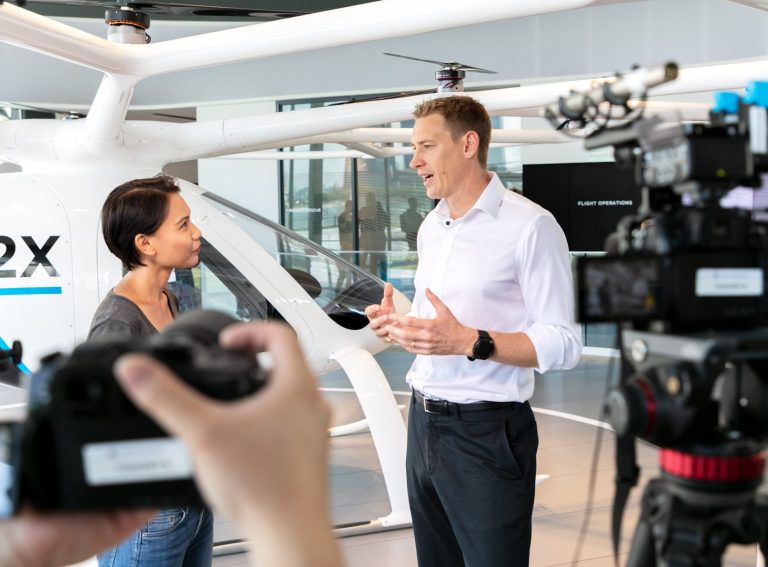According to Kristian Brink – CEO of Urban Sharing and Chair of the Bike Share Expert Group for Cycling Industries Europe (CIE) – transport dead spots are when an area of a city and its community lacks access to a range of mobility options and becomes isolated.
Such dead spots are evident today in London, Paris, Milan and Madrid, and often result in people resorting to using a polluting car because of the lack of other options available. They are also disproportionately found in lower income areas on the outskirts of the city centre.
“Transport dead spots is a crucial issue that has stemmed from the organic and rapid growth of urban areas, a process which has left behind mobility networks that are unfit to meet the needs of a modern city,” Brink tells Zag Daily.
“Micromobility can play a crucial role in connecting these dead spots with the rest of the city.”
Micromobility for all
Brink cites Milan as an example of a city where subsidised bikeshare schemes have offered new ways of getting around for communities living in previously overlooked areas.
“A BikeMi subscription costs just €36 a year and provides a complimentary option for lower income citizens who are often those living in transport dead spots,” Brink explains.
“Similar subsidised schemes are becoming more common in Spain and France too, and I think the UK, Germany and Scandinavia could learn a lot from this.”
While Brink is confident that micromobility can provide a great transport option for people that have previously been underserved, he believes the industry needs to change its image.
“Micromobility is still perceived as a white collar transport solution,” he says.
“Statistics also show that the majority of users are currently men. However, with the right incentives, we believe that micromobility can be a tool that bridges the transport poverty divide and offer more options to people that need them.”
In order to promote this shift, Brink has called on the EU to offer micromobility firms the same tax incentives that have driven growth in the electric car industry.
“Previous EU subsidies for micromobility have centred on R&D and innovation, but none have looked to incentivise private e-scooter operators to reduce the cost of each ride and expand their network and reach to areas that have previously been priced out of using them.
“At CIE we are trying to educate cities on ways to give their entire population access to micromobility, but unfortunately this often comes down to money. We need to shift the paradigm around what constitutes a public service and get cities to understand that bikeshare and e-scooter schemes can service more than just inner city, white collar workers, if they are supported.”
Urban Sharing’s approach
In order to support operators that use its platform, Urban Sharing is empowering them to show local authorities the benefits of micromobility.
“We want operators to use data beyond basic KPIs like rider numbers, but rather demographic and locational data to show how micromobility can provide an important public service,” Brink explains.
“We have data which shows how it can bring about a modal shift and encourage a more diverse range of communities to use the service.”
Urban Sharing has also recently launched a Maas API, which has allowed Citybike to integrate its bikes into the Ruter public transport app in Oslo.
“The launch of our MaaS API in Oslo is a very direct example of how cities can seamlessly link more flexible mobility modes into the public transport offering,” Brink says.
“This will hopefully translate into a future where urban planning doesn’t just look to solve a transport dead spot by adding a metro or tram station, but by introducing the whole ecosystem of options.”
Brink adds that the main purpose for launching the MaaS API and the wider goal of Urban Sharing, is about democratising access to mobility.
“We believe micromobility is central to this idea of democratisation and the API is an easy way to empower our operators to act as an ally in pursuit of this goal,” he continues.
“Micromobility cannot continue to operate in this bubble, it must integrate and become part of the wider public mobility offering.”
Urban Sharing will continue to collect data from the pilot of its Maas API in Oslo until October 2024, after which it can assess how effective the integration proved in terms of eradicating transport dead spots.
“We have had 2,000 users since launching in March,” Brink says. “It seems like our hypothesis is correct based on what we know so far, but we will wait to collect more data before making any further proclamations.”





